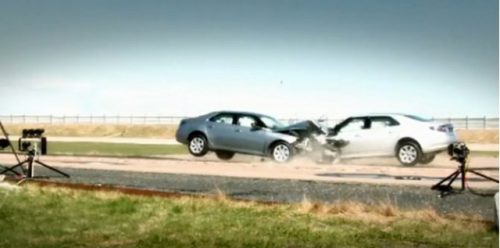The effects of fatigue on the surgeon have been looked at a number of times over the years. Most of this work focuses on resident physicians, however. Another problem with the majority of these studies is that they did not test the surgeon or resident on tasks that reflect real life practice.
A study from Arizona State University used a laparoscopic simulation that tested both psychomotor and cognitive skills that would be called on during real surgical procedures. In addition to the purely manual task of stacking varied sizes of rings using laparoscopic instruments, exercises were developed and validated that tested attention, tracking and other critical components. Monitored parameters included hand and tool movement, smoothness and economy of motion, and time required to complete the task. An overall proficiency score was calculated.
Five residents and nine attending physicians were tested. They were all given 4 practice sessions with the simulator before the study began. Sleep hours and caffeine use during call were recorded using a questionnaire. Each individual was then tested three times prior to being on call and three times post-call.
As would be expected, attending surgeons showed higher proficiency scores than residents both pre-call and post-call. However, both groups experienced significant declines in proficiency and significant increases in cognitive errors post-call. Interestingly, attending surgeons made 25% fewer cognitive errors post-call when compared to residents, and their psychomotor skills were unchanged. This suggests that the attendings were focused on skills at the expense of decision making.
Two other interesting items from this paper:
- Errors increased exponentially with subjective reported fatigue in the attending surgeons. This means that a small amount of attending surgeon fatigue led to a large increase in errors. The implication is that the older attendings had less reserve, and that their greater skills and experience could be quickly overwhelmed.
- Caffeine intake had no effect on motor skills or cognitive errors.
Bottom line: Fatigue from post-call sleep deprivation impedes psychomotor and cognitive functions, as well as performance. Residents are affected more than attending surgeons, but attending performance declines more rapidly as they grow fatigued. As any post-call surgeon knows, activities the day after call should be limited to the mundane to optimize patient safety.
In the next installment, we’ll look at the impact of poor sleep on our patients!
Reference: The effect of fatigue on cognitive and psychomotor skills of trauma residents and attending surgeons. Am J Surg 196(6):8133-820, 2008.

